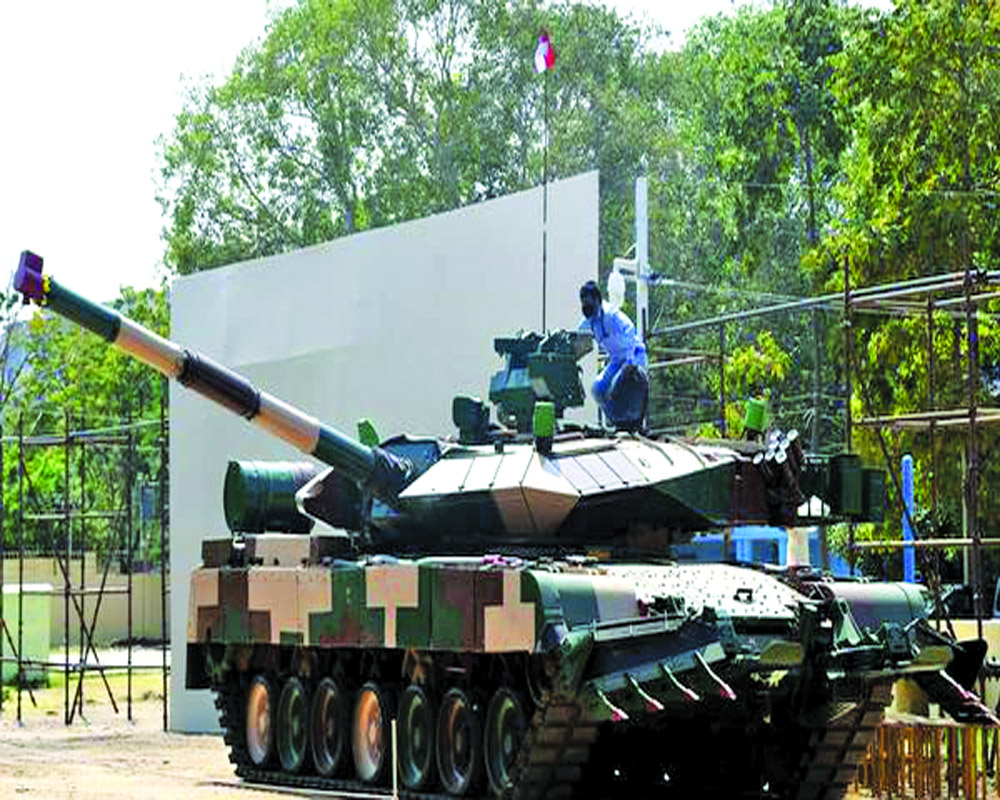The domestic defence industry has done well in the last few years, but a lot more needs to be done
Prime Minister Narendra Modi’s optimism over the robustness and buoyancy of the domestic defence industry is justified. In his address at the inauguration of Aero India 2023, Bengaluru, he said that India is not just a market for the defence companies of the world but also a potential defence partner. It will be instructive to note that the private sector plays any important role in defence production. On the face of it, this may not sound very striking; after all, in the post-liberalisation era, government withdrawing from economic activity and private enterprise playing a dominant role is normal. But that was not so for a very long period after the 1991 reforms. Such was the institutionalisation of the statist mindset that domestic private companies were not allowed in defence production, even though foreign private companies were. This, by the way, was government policy till 2002, when the Atal Bihari Vajpayee regime allowed private enterprise in the sector. Announcing the change, Union minister Pramod Mahajan had highlighted this incongruity in policy. The announcement paved the path for private companies in defence production. And they more than vindicated the 2002 decision. Public sector majors like Hindustan Aeronautics Ltd (HAL) are also doing their bit. By the way, HAL has exported Dhruv choppers to the Philippines, Mauritius, and Ecuador. It has also sold the Russia-India venture BrahMos Aerospace’s supersonic cruise missiles to the Philippines. The Prime Minister pointed out that India’s defence exports have increased six times in the last five years. In 2021-22, the country exported more than $1.5-billion worth defence equipment. “We are aiming to increase this export figure from 1.5 billion to 5 billion dollars by 2024-25,” he said.
It is a tribute to the country’s scientists, engineers, and businesspersons who have made defence production a success story. There are, however, still urgent issues that need to be addressed. The Defence Ministry told Parliament on Monday that almost 42 per cent of Defence Research and Development Organisation’s ongoing ‘mission mode’ projects, including high-priority programmes based on specific operational requirements of the armed forces, have incurred time overruns. The Tejas Mark-2 light combat aircraft (LCA), the naval LCA and unmanned aerial vehicles to air independent propulsion (AIP) for greater underwater endurance of submarines, light machine guns, and advanced towed artillery gun systems (ATAGS) have been delayed. “However, cost escalations may not be treated as loss, as in certain cases cost has been increased for change or enhancement of scope,” MoS for Defence Ajay Bhatt said. Even if this factor is taken into consideration, the delays are still a cause for concern. This is also worrying because India is one of the largest arms importers; in 2017-21, it was the largest one. The Govt must ensure that operational inefficiencies are eliminated in earnest.
























